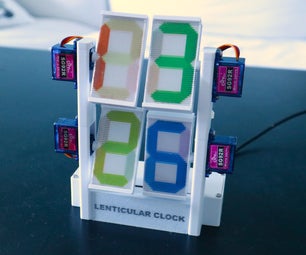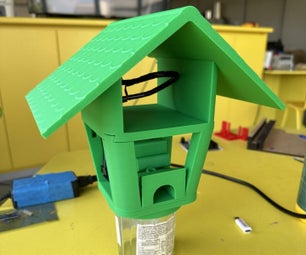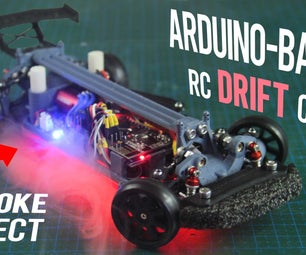Introduction: ATX Desktop Computer Power Supply
So I realize that after viewing multiple instructables and creating multiple projects I was using up batteries like crazy. I decided to wire up my own power supply after doing a quick search. My power is capable of your standard voltage of 3.3, 5, and 12. This setup and process that it took to create this project was about 2 hours including the package design. The Package design was simply made out of sheets of plastics I had lying around. It has a blue LED to indicate that it has been turn on, and a red and yellow LED to show the flow of power.
You can find 2 videos at the end of this project that shows me testing out the power box.
Original Insturctable for label: https://www.instructables.com/id/The-Ultimate-ATX-Power-Supply-Mod-With-USB-Chargin/
This was an important project to me because it allows me to save countless amounts of batteries in the never future, and this is Important to a kid like me going to college because money wont be easy to come by. Not only can you power possibly 3 devices with a little modification but you will end up creating a greener and more cleaner world. Sure its still using electricity but at least it is not using harmful batteries that are hard to get rid of.
Also a key note for my project i did not include a 10 watt resistor.
Materials
Banana jacks
12V switch
300 ohm resistor
ATX connector (purchased or scavanged)
2 leds
Some type of enclosure
Electrical tape
Tools:
Screwdriver
Soldering iron
Desoldering iron
Label
You can find 2 videos at the end of this project that shows me testing out the power box.
Original Insturctable for label: https://www.instructables.com/id/The-Ultimate-ATX-Power-Supply-Mod-With-USB-Chargin/
This was an important project to me because it allows me to save countless amounts of batteries in the never future, and this is Important to a kid like me going to college because money wont be easy to come by. Not only can you power possibly 3 devices with a little modification but you will end up creating a greener and more cleaner world. Sure its still using electricity but at least it is not using harmful batteries that are hard to get rid of.
Also a key note for my project i did not include a 10 watt resistor.
Materials
Banana jacks
12V switch
300 ohm resistor
ATX connector (purchased or scavanged)
2 leds
Some type of enclosure
Electrical tape
Tools:
Screwdriver
Soldering iron
Desoldering iron
Label
Step 1: Open Up Power Box
What you have to do here is bundle up the same wires with each other and follow the chart below for guidelines of which color mean and what do they do. The most important wires will be the Black, Red, Orange, Green, and Yellow. Gray and purple are used to create a stand by and power on light. I would follow the description next to certain colors on help connecting them.
Step 2:
First thing first is solder on the green wire onto the negative terminal of the switch. Follow the diagram for the rest of the set up of soldering. I started off by soldering on the Resistors first and then the Leds. This is a easy but delicate process. Solder on the purple and grey wires if you want the stand by and power on lights. Unfortunately i forgot to take a picture of the me soldering on these wires.
Step 3: Further Assembly
Now we began to connect the switch and the terminals on to the printed out panel if you have one. I started off with the terminals and eventually the switch and finally the Leds. This is a challenge because all the wires may start to get confusing or clustered up. Just take your time and every thing will go fine.
Step 4: Final Assembly
At this point I began to create the enclosure for my power box. If you want you dont have to include one but I felt like it would look more professional. Make sure to leave a space for the air vent and to be able to actually plug in your power source.
If you stay have difficulty making this feel free to contact me I would be glad to help.
If you stay have difficulty making this feel free to contact me I would be glad to help.

Participated in the
Jury Rig It! Contest











